#011
Designing learning
environments and
blazing a new trail for
foreign language acquisition
Ikumi Waragai
Japanese Color: SOHI-iro
#011
Ikumi Waragai
Japanese Color: SOHI-iro
MOVIE

Professor
Faculty of Policy Management
In our attempts to acquire proficiency in a foreign language, it is difficult to make sufficient headway simply by studying the language in a classroom.
It is when we first apply what we have learned to actual situations in everyday life that we acquire the practical skills. However, it is rare for learners to be able to skillfully apply what they have studied to practice.
With the desire to bring lessons and practice closer together, Professor Ikumi Waragai is working on creating a new foreign-language learning environment.
The philosophy behind her work is to put emphasis on learning environment design, based on the premise of having a group of diverse learners.
To bring about the realization of this philosophy, she is developing teaching materials and learning support systems that can be customized to suit the learning style of each student.
Foreign language acquisition can be understood through two aspects: “formal learning” which refers to learning in the classroom, and “informal learning” which refers to learning outside of the classroom. When learning a language, even if the learner acquires a large volume of words and sentences as knowledge, this remains as little more than knowledge if the learner is unable to put it into practice in the field, and does not become a “usable” practical skill for the learner. If we were able to build a learning environment that links the two by enabling the immediate application of the fundamental knowledge gained through formal learning in the field of informal learning, learners may be able to make dramatic progress in language acquisition. To achieve this, I am working on creating an experience-oriented ubiquitous language learning environment, supporting informal learning abroad, in collaboration with researchers from the fields of database systems and ubiquitous computing.
To put it simply, this learning environment support system detects the positional information of the learner using the GPS function installed on their smartphone or other mobile device, and maps out in advance teaching materials, such as conversations and vocabulary, for situations that could arise at these specific locations, then provides the learner with the materials in the event that he or she actually encounters the situation. The teaching materials come in various formats, including texts, videos, images, and audio, and the learner can select the materials that are most suitable for him or her at that point in time. This project has been made possible precisely because of SFC’s(*) interdisciplinary research capabilities, and we are gradually designing a dynamic learning environment through the project.
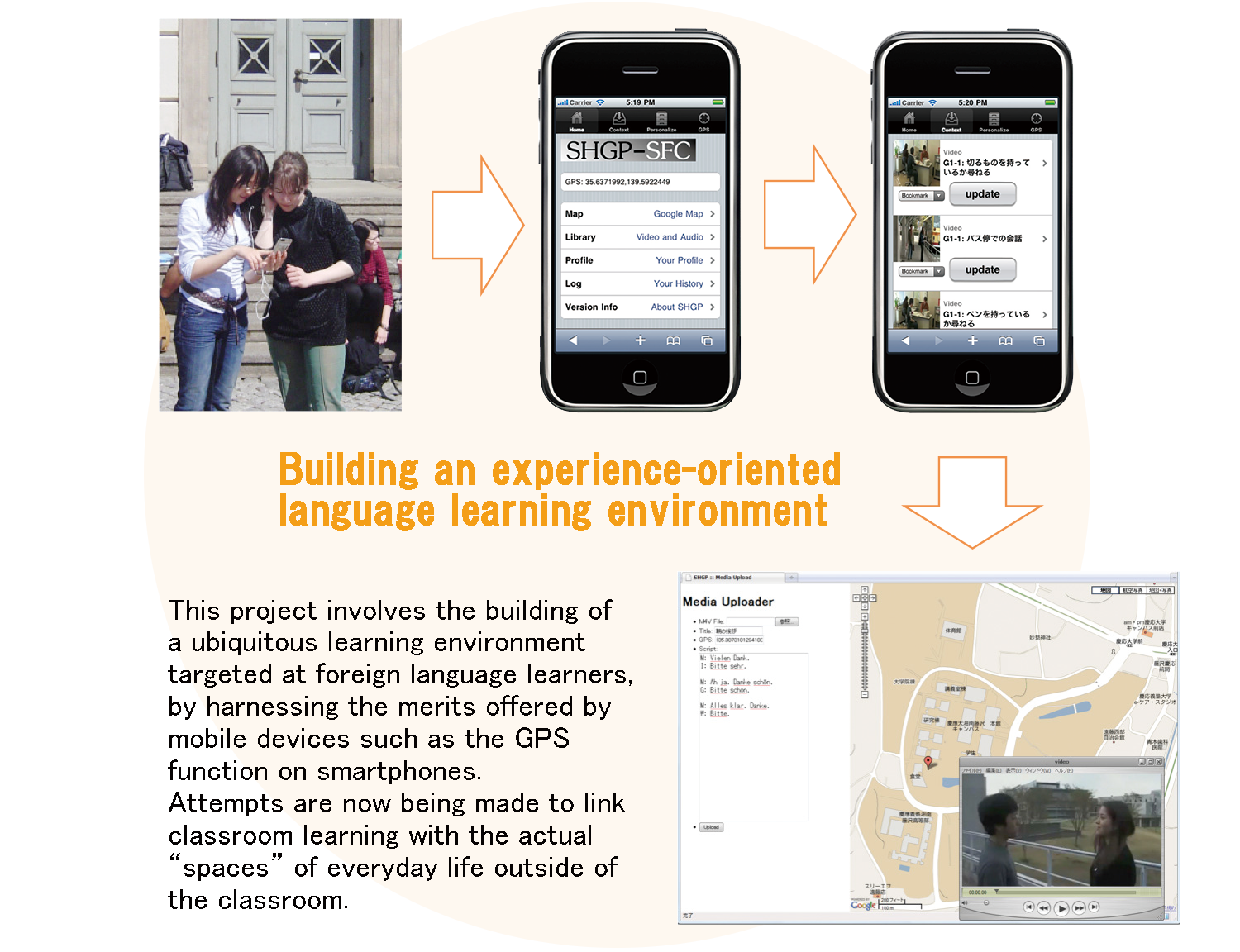
The aim of creating an experience-oriented ubiquitous language learning environment is to enable linkages between formal learning and informal learning. The contents provided are created by compiling a database from the sets of teaching materials developed proprietarily and used in the classrooms by SFC. Students participating in lessons and this research project are using this system during their stays in German-speaking countries, and the locations that they are in are automatically detected using the GPS functions installed on their smartphones or other mobile devices. Hence, the system knows, for example, when a student has entered a restaurant. In this system, indexes are tagged for the hypothetical situations that the learner may encounter at a restaurant, such as “Order” or “Inquire,” then the videos, vocabulary and sentences that are most appropriate for the situation will be displayed automatically on the learner’s smartphone. Although the contents are components of the “knowledge” that the learners have already acquired in the classroom, the system links this knowledge with the learner’s experience in the actual situation that he or she encounters. By linking formal and informal learning in this way, it is expected that this could contribute to improving the learner’s practical skills in the foreign language. However, we also encountered problems in this project. For example, when students who were actually participating in this research project became stuck for words, they did not have time to look them up or were unable to download the teaching materials because they did not have a Wi-Fi connection. As a result of the surveys and analysis that we conducted on the actual learning behavior of the learners, we are switching the direction of our research and development to creating a support system that helps learners to carry out simulations for their actions for the day, studying and preparing in advance, and looking back on their actual actions after that, such as by reflecting on what they should have said in a particular situation. In particular, this “retrospective” method leads learners to review their work, as well as to reflect on their own actions objectively, and to recognize their actions on the meta-level. In that sense, it is considered to be an important learning activity.
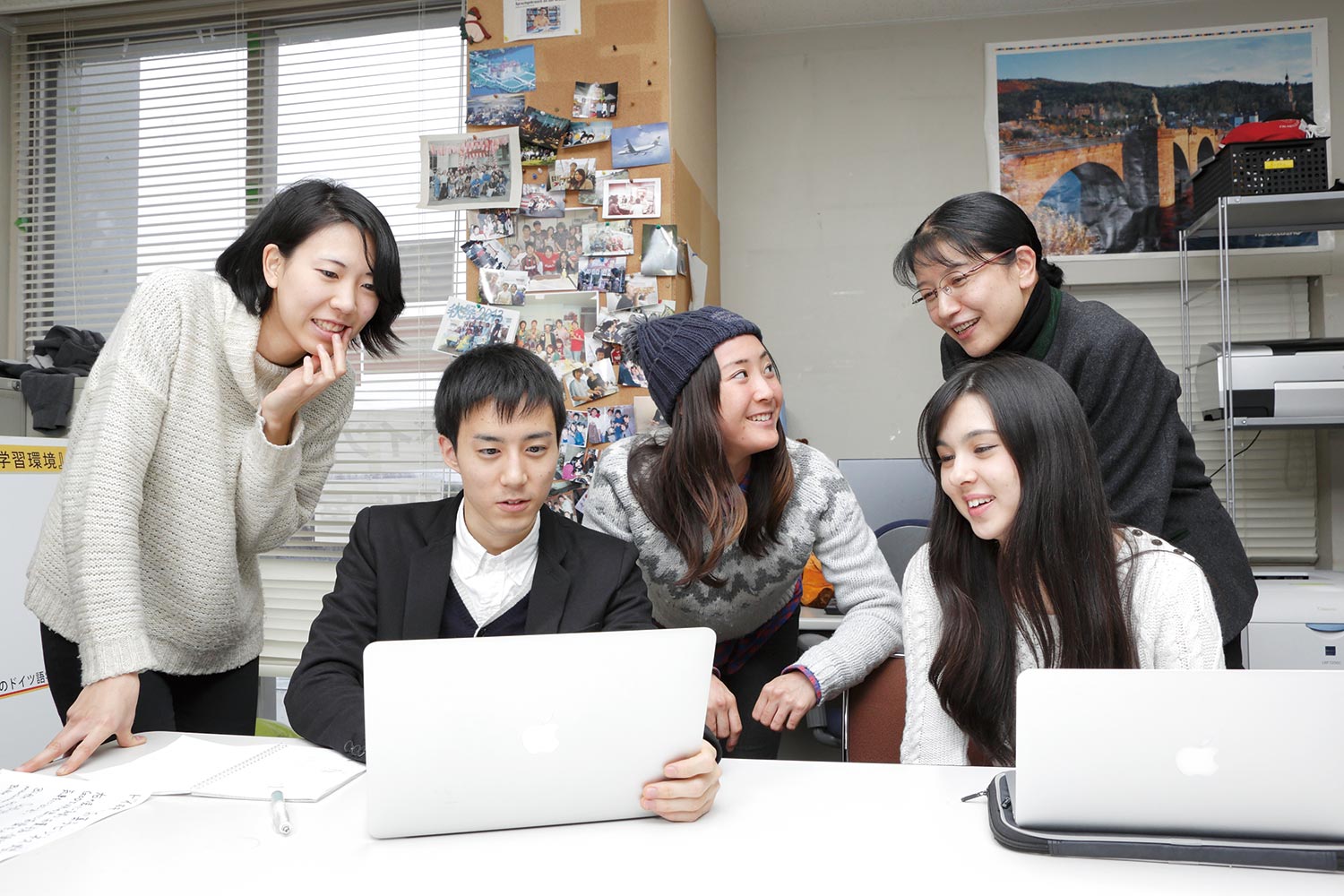
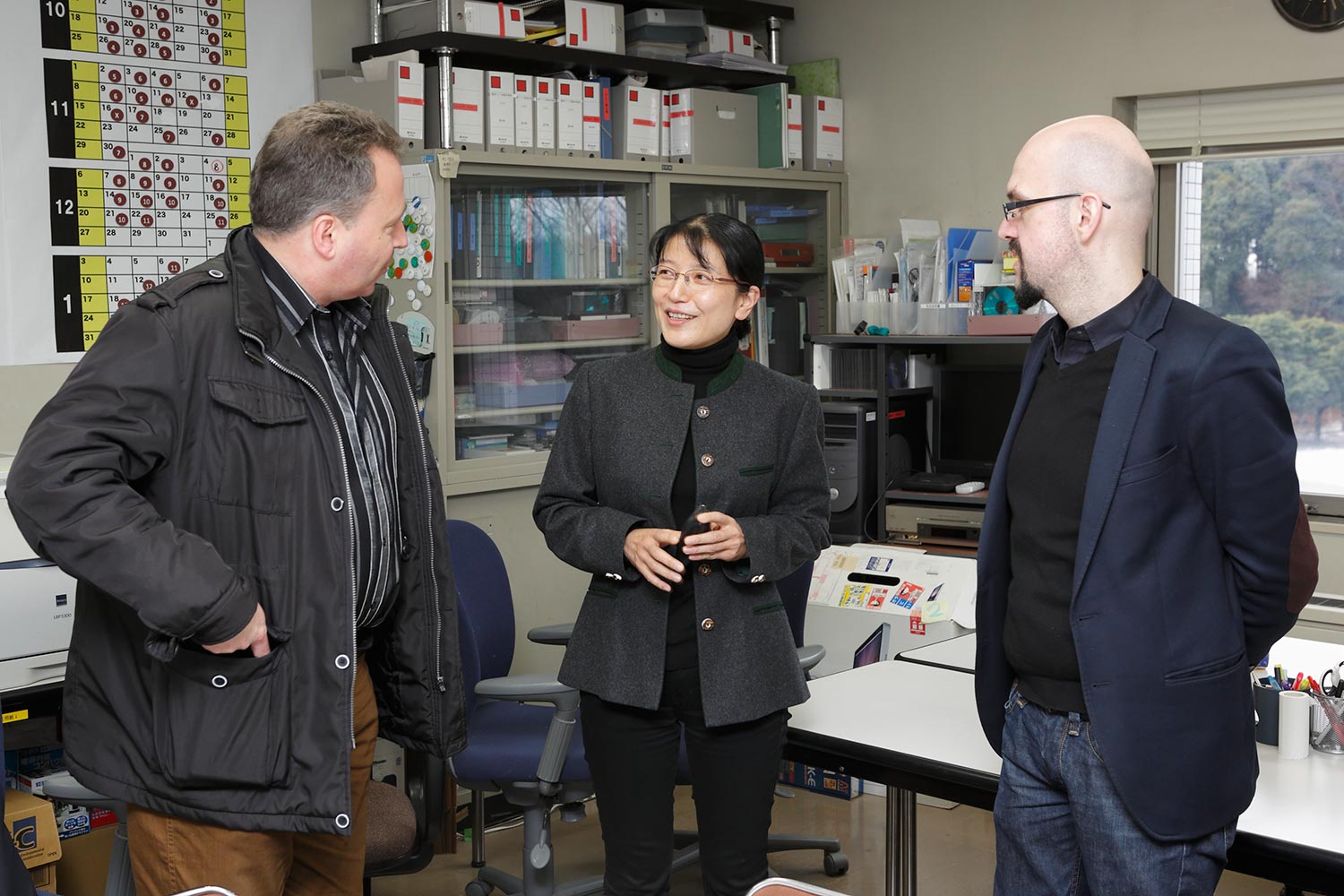
When learning a foreign language, the teaching materials used differ according to the learner’s level and learning objectives. In the same way that every individual has a different personality and preferences, they also have different backgrounds and have grown up in different environments. For these reasons, their preferences with regard to learning are, of course, diverse and varied. Hence, it is natural to have different formats of learning materials for different people, including learning at a desk, learning through a mobile device, learning with a community, or learning through games and characters. In view of that, we harnessed the reverse idea of whether it would be possible to provide teaching materials that allow the learners to design their own learning environments, and are now developing a project for creating and publishing multifaceted German-language teaching materials using all forms of media, from publications to digital media.
I believe that this can be one of the approaches toward resolving situations where learners feel that despite having studied a foreign language for many years, they are still unable to apply it, because learning is not tied in with one’s everyday life. Therefore the knowledge remains in the realm of the short-term memory. This project is currently carried out in collaboration with German and Japanese publishers; there is probably no precedent for a joint international publication in this field of research. It is aimed at realizing a learning environment that encourages growth, is constantly flexible and can be updated, allows learners to customize their own learning experience to match their own learning styles and preferences, and adapts to the changes and diversity of learning environments resulting from the technological innovations are occurring. If we were able to succeed in completing the development of these learning materials and support system, I believe it also has the potential for interdisciplinary application, in the acquisition of other languages.
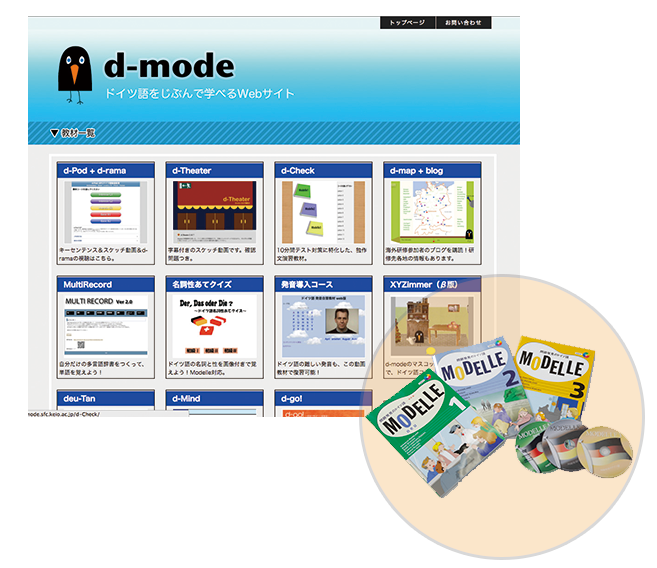
This is a set of teaching materials for autonomous learning, targeted at students learning German at SFC. It is compatible with SFC’s German-language curriculum and its teaching materials.
Another project is building a support system for improving practical writing skills. When learning a foreign language, it is difficult to provide individual instruction for writing skills in the classroom, and learning through support provided in informal learning is also considered to be difficult. Recently, however, communication through social media has become increasingly common, and social media is frequently used as a space for disseminating messages. The writing style on social media is similar to speech rather than the conventional creation of “essays.” For learners, in particular university students, many of the opportunities that they receive for creating output (that is not necessarily limited to foreign languages) comes in the form of disseminating messages on social media. Hence, the research is conducted based on the hypothesis that social media, which is one of the everyday environments learners find themselves in, could possibly be harnessed as a learning support system.
With the cooperation of students enrolled in the German-language course, I study the process leading up to posting on social media, and consider how it could be possible to provide learning support through social media. Learners always tend to look up words in dictionaries or online before writing them down, however, the use of online communities has been added to these information sources, which changes learners’ writing processes. In the various communities that they are members of, learners pose questions directly to native speakers, such as “What do you think of this expression?” Through such online communication, they then try to find the expressions and vocabulary that match what they are trying to say. I am considering the possibility of building an efficient foreign language acquisition support system that corresponds with this behavior. In particular, by utilizing the fact that the publication of a post is a behavior that is observed when a person wishes to disseminate information about an event to those around them, I draw up hypothetical situations and events that could arise in the learner’s environment, based on information obtained through the GPS function, and explore the possibilities of various learning support systems, such as the development of a system that can allow learners to pick up expressions and vocabulary.
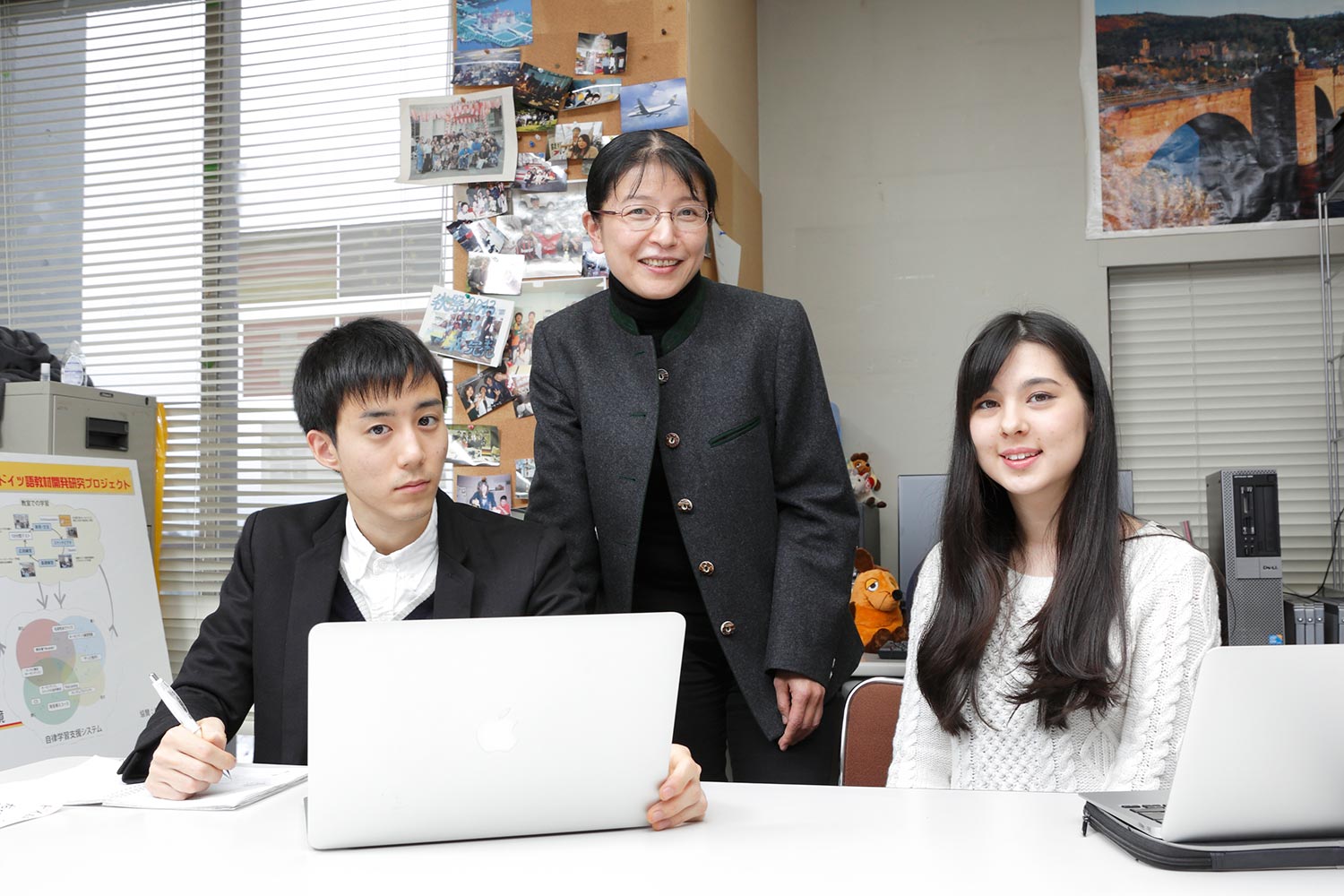
Research is conducted based on the hypothesis that it may be possible to utilize social media, which learners are very familiar with, as a learning support system. In this project, the process leading up to posting on social media is examined, and studies are conducted to find out how support can be provided for learning within this process.
As part of my individual research work, I am also engaged in the analysis of religious languages. In particular, when translating Japanese literary works into other languages, there are many cases where religious languages are used in the depictions of a person’s inner mind. I conduct analysis on the logic conversions that occur during such situations, and on the differences between world views and perspectives.
Conducting analysis and research on literary works from the perspective of religious languages sheds light on how religious elements (including the symbols, metaphors, and allegories that are important components of the Christian faith) function as a means of expression. Japan does not have a social background that is founded upon Christian ideology, so the contents that are absorbed by the reader when he or she identifies the religious elements contained in the message disseminated are different. Regardless of the literary work, this is a phenomenon that definitely arises in communication mediated by everyday “languages.”
We can see commonalities between the elements found in iconography (*) as well as the elements of non-verbal communication. By understanding the functions of means of expression, and taking a fresh look at the world through that perspective, we can then introduce a new scope of understanding to our own perspectives. I believe this is an important point that we have to communicate to students through lectures at university.
*A field of study that examines and considers the meaning behind iconography.
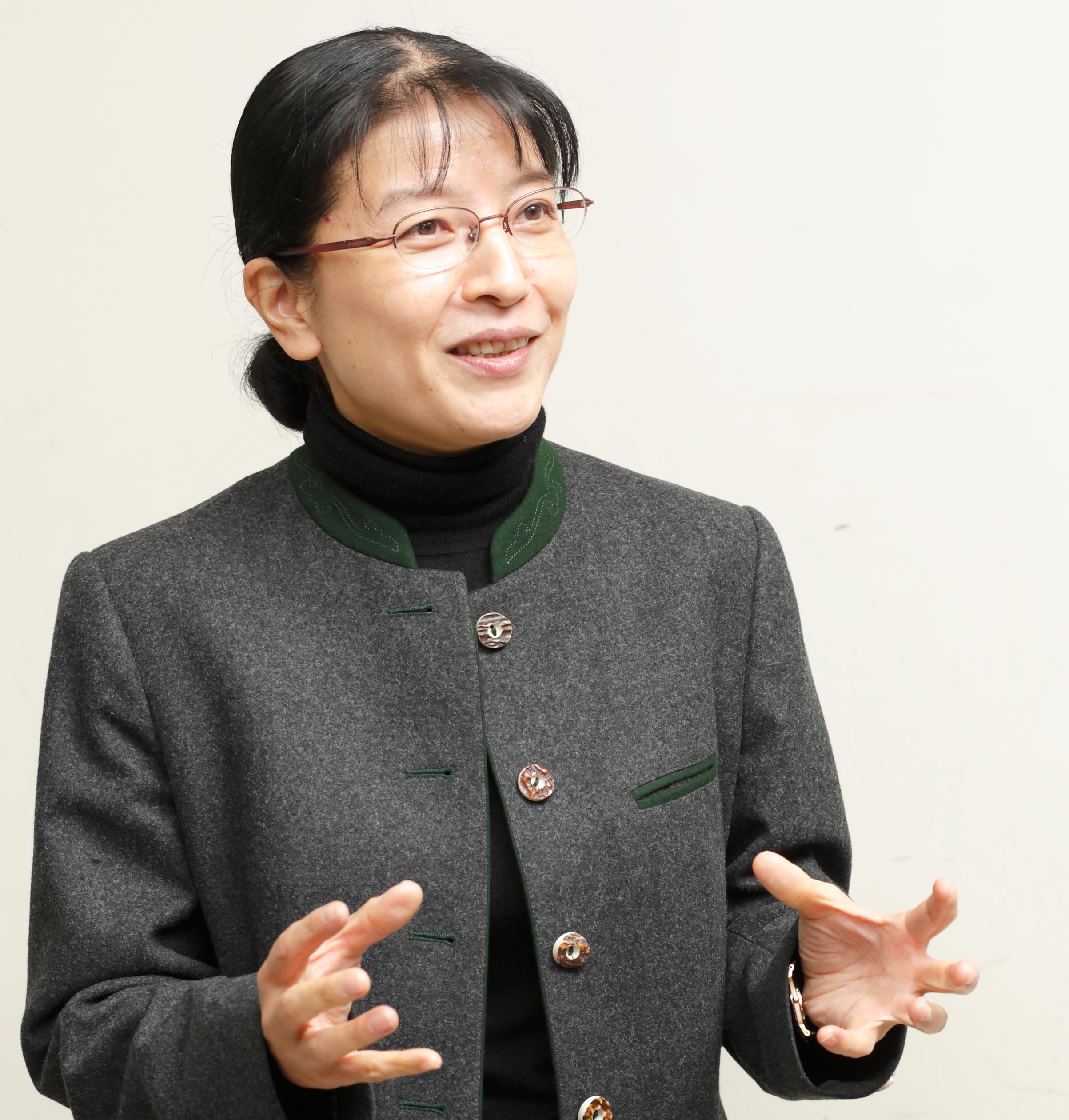

Ikumi Waragai
Professor, Faculty of Policy Management, Keio University. Professor Waragai holds Ph.D from the University of Bonn, a public university in Germany. She specializes in literary research and foreign language education. In her seminar, she works together with students to conduct empirical analysis and investigations into the relationship between language as a means of expression and literary works, as well as various forms of media content. In the area of foreign language education research, she is engaged in joint research projects with the fields of educational technology and information, and carries out development, implementation, and evaluation of new German-language teaching materials and foreign language learning environment systems that can be extended to multiple languages.

2016.Jun ISSUE